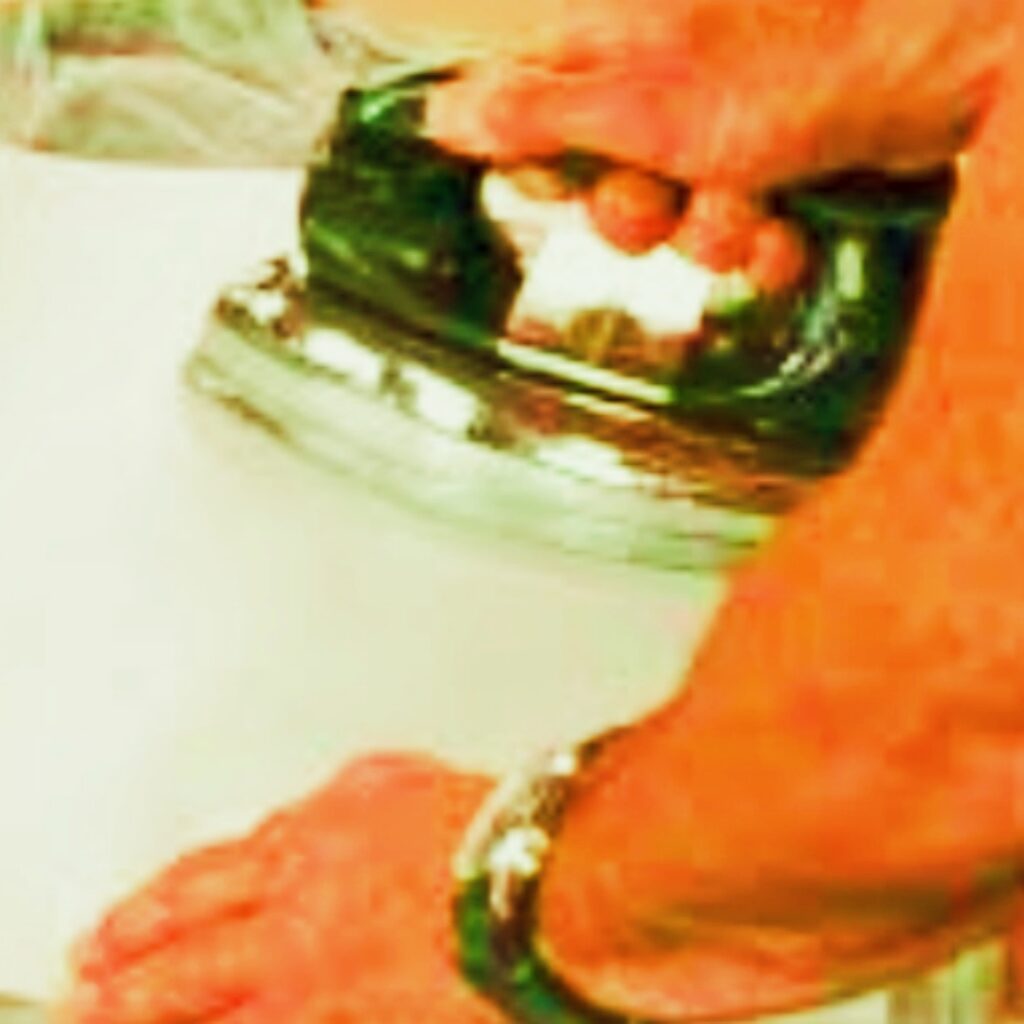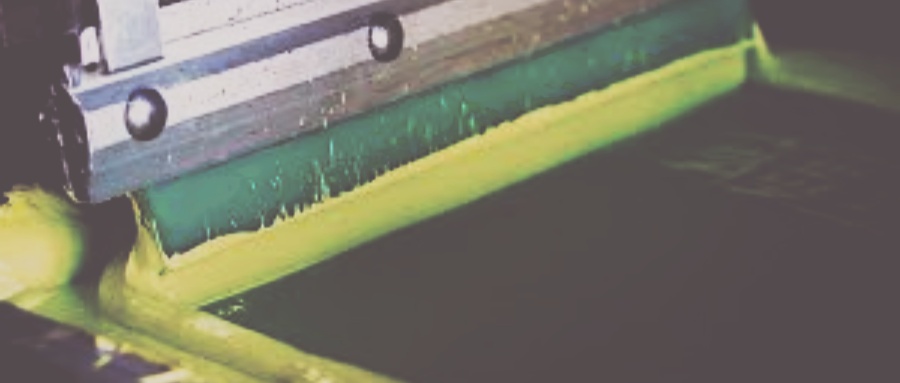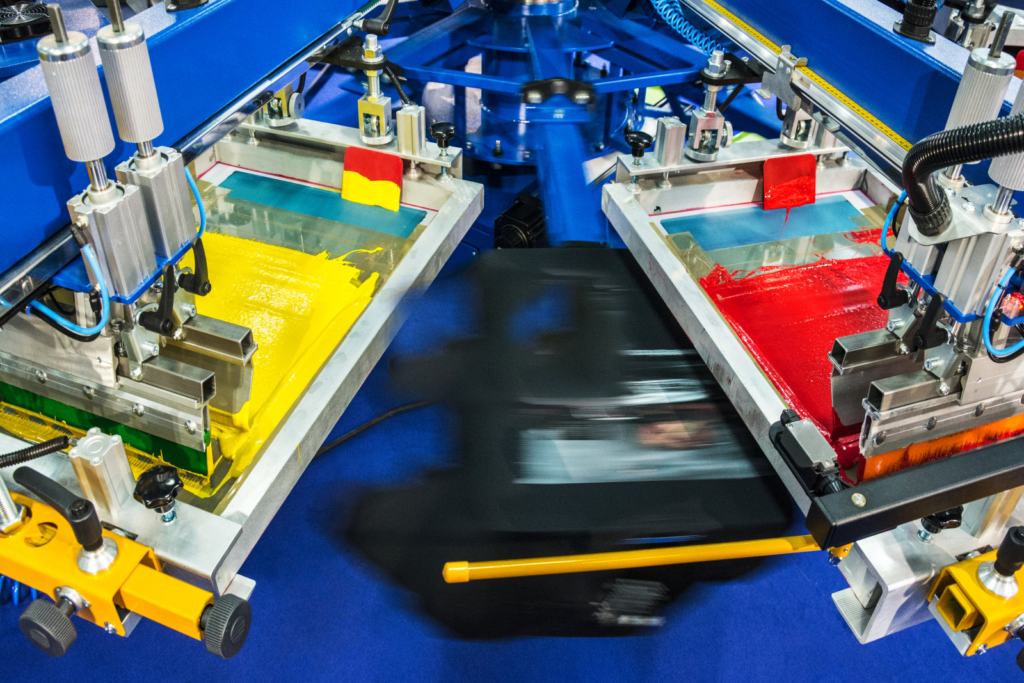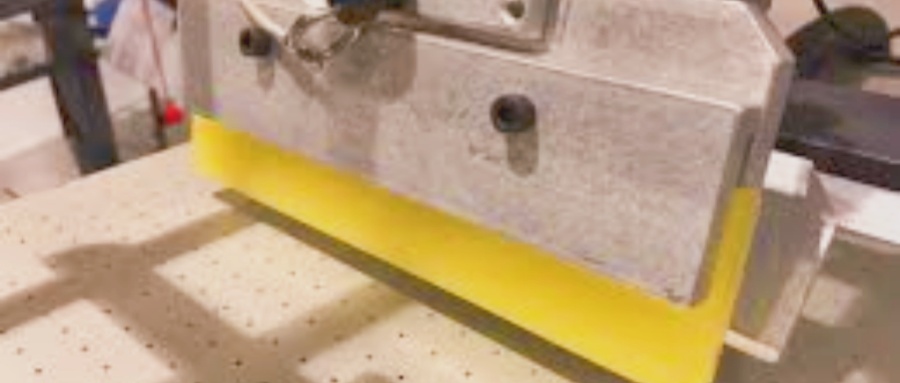Discover the essentials of squeegee printers, from choosing the best squeegee to understanding their role in the printing process.
What are Squeegee Printers?
In screen printing, a squeegee is a vital tool used to transfer ink through a mesh stencil onto a substrate, such as fabric, paper, or other materials. The squeegee’s purpose is to evenly distribute ink across the screen and push it through the open areas of the stencil onto the printing surface. Without a squeegee, achieving consistent and high-quality prints would be nearly impossible.
A typical squeegee consists of two main components:
- The Handle: Usually made of wood, plastic, or aluminum, the handle provides a comfortable grip for the user, allowing them to apply pressure and control the ink flow.
- The Blade: Made of rubber or polyurethane, the blade comes in different durometers (hardness levels) and shapes, depending on the specific printing needs.
Whether you’re a professional screen printer or a hobbyist, understanding the role of the squeegee is essential for producing flawless prints. Squeegee printers rely on this tool as a cornerstone of their craft.

How to Choose Good Squeegee Printers?
Selecting the right squeegee is critical for achieving the best results in screen printing. Here are the key factors to consider:
- Blade Durometer (Hardness):
- Soft Blades (50-60 durometer): Ideal for printing on uneven surfaces or when a thicker ink deposit is required.
- Medium Blades (70-75 durometer): The most versatile option, suitable for general-purpose printing on fabrics and other flat surfaces.
- Hard Blades (80-90 durometer): Perfect for detailed designs or when minimal ink deposit is needed.
- Blade Shape:
- Square/Flat Edge: The most common shape, used for standard printing applications.
- Rounded Edge: Deposits more ink, making it ideal for printing on textured surfaces or achieving bold colors.
- Beveled Edge: Provides precise ink control, often used in graphic printing.
- Handle Material:
- Wood: Traditional and affordable, offering a sturdy grip.
- Plastic: Lightweight and durable, great for beginners.
- Aluminum: Highly durable and easy to clean, suitable for professional use.
- Blade Width: Choose a blade width slightly larger than your screen’s printable area to ensure even ink distribution.
By carefully evaluating these factors, squeegee printers can select a tool that meets their specific needs, ensuring consistent and high-quality prints.
Which Printing Process Requires a Squeegee?
The printing process that most commonly requires a squeegee is screen printing. This versatile technique is widely used across industries to print designs on textiles, paper, glass, ceramics, and more.
Here’s how the squeegee plays a role in the screen printing process:
- Ink Application: The squeegee is used to push ink across the screen, filling the stencil’s open areas.
- Ink Transfer: With firm pressure, the squeegee forces ink through the mesh and onto the substrate below.
- Consistent Coverage: By evenly distributing the ink, the squeegee ensures that the print is uniform and free of streaks or blotches.
Beyond traditional screen printing, squeegees are also used in related processes such as graphic printing and UV printing. Squeegee printers understand the importance of this tool in achieving professional results across various printing techniques.
Which Squeegee is Best for Screen Printing?
Choosing the best squeegee for screen printing depends on the type of project and the materials you’re working with. Here are some recommendations:
- For Beginners: A medium durometer (70-75) square-edge squeegee with a wooden handle is a versatile and affordable option for most beginners.
- For Fabric Printing: A soft blade (50-60 durometer) with a rounded edge is ideal for achieving vibrant prints on textiles.
- For Detailed Designs: A hard blade (80-90 durometer) with a beveled edge is perfect for fine details and crisp lines on flat surfaces.
- For Large-Scale Printing: Squeegees with aluminum handles and wider blades provide durability and precision for high-volume printing.
Ultimately, the best squeegee is one that matches your specific printing needs. Experimenting with different squeegee types will help you determine which works best for your projects.

How Do You Make a Homemade Squeegee?
If you’re a DIY enthusiast or working on a budget, making a homemade squeegee is a practical option. Here’s how to create one:
Materials Needed:
- A sturdy wooden or plastic handle (e.g., a wooden dowel or ruler)
- A piece of rubber or silicone (e.g., a rubber strip or weather stripping)
- Strong adhesive or screws
Steps:
- Cut the Rubber Strip: Trim the rubber or silicone to your desired blade length and width.
- Attach the Handle: Secure the rubber strip to the handle using strong adhesive or screws. Ensure it’s aligned evenly for smooth ink application.
- Shape the Blade: If needed, shape the edge of the rubber strip to match your printing requirements (square, rounded, or beveled).
- Test the Squeegee: Before using it on a project, test the homemade squeegee on scrap material to ensure it performs as expected.
While a homemade squeegee may not match the quality of commercial options, it’s a cost-effective solution for simple screen printing tasks.
Why is it Called a Squeegee?
The term “squeegee” has its origins in the mid-18th century, derived from the word “squillage” or “squillgee,” which referred to a tool used for cleaning ship decks. Over time, the word evolved to describe tools used for removing liquid from surfaces.
In the context of printing, the name reflects the tool’s function: pushing or “squeezing” ink through the screen mesh onto the substrate. The motion of the squeegee mimics the action of squeezing liquid, making the term fitting for this essential printing tool.
Today, squeegees are synonymous with screen printing and are a staple in the toolkit of squeegee printers worldwide.
Conclusion
Squeegee printers rely on this simple yet indispensable tool to achieve high-quality screen prints. From understanding what a squeegee is to choosing the best one for your projects, mastering the art of using a squeegee is essential for any screen printer. Whether you opt for a commercial squeegee or create your own homemade version, the right tool can make all the difference in your printing results. With careful selection and proper technique, you’ll be well on your way to producing stunning, professional-grade prints.










